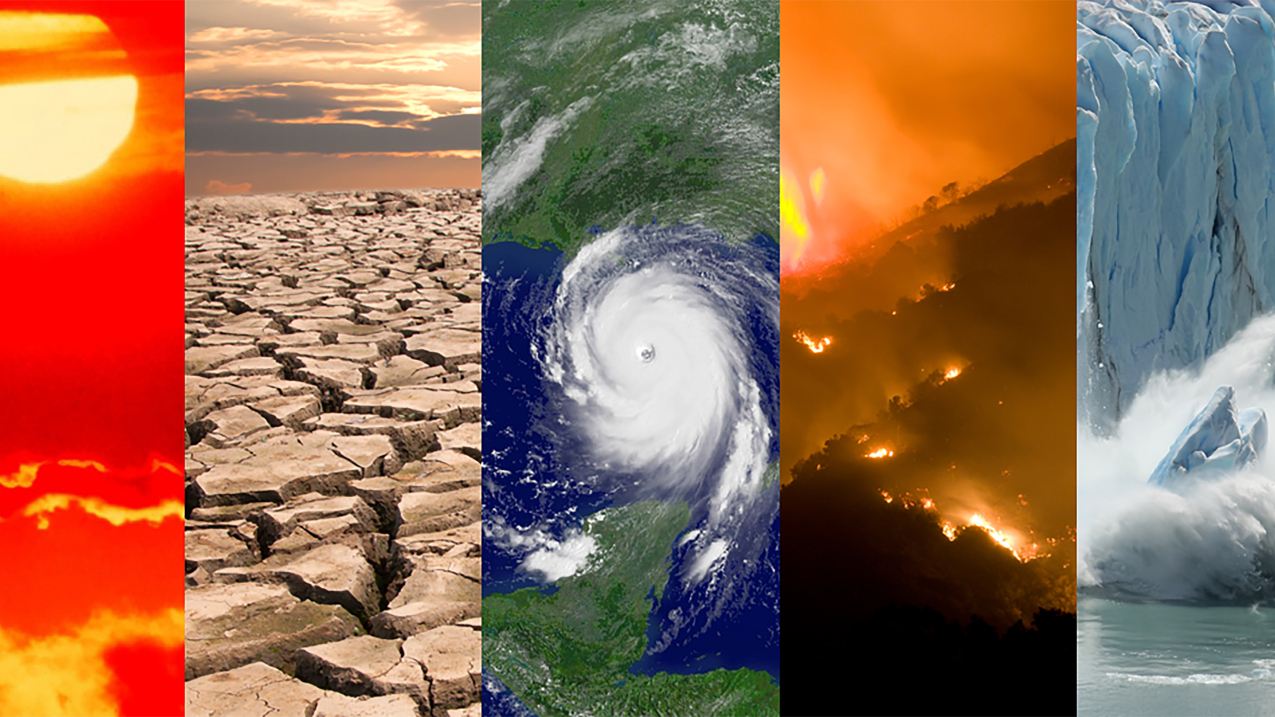Arctic sea ice coverage was 9th smallest on record for the month
Arctic sea ice coverage was 9th smallest on record for the month

A collage of typical climate and weather-related events: heatwaves, drought, hurricanes, wildfires and changes in sea ice coverage. (Image credit: NOAA)





